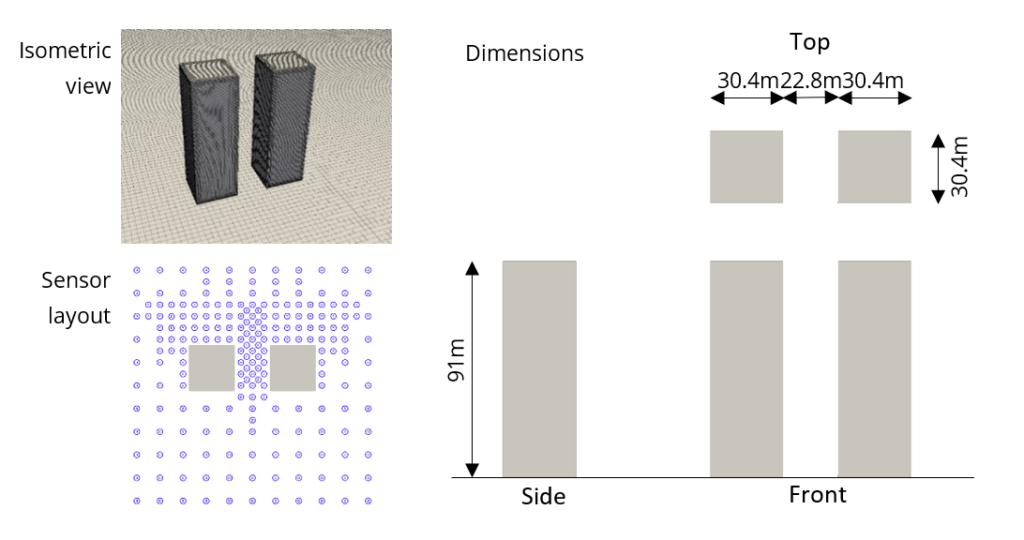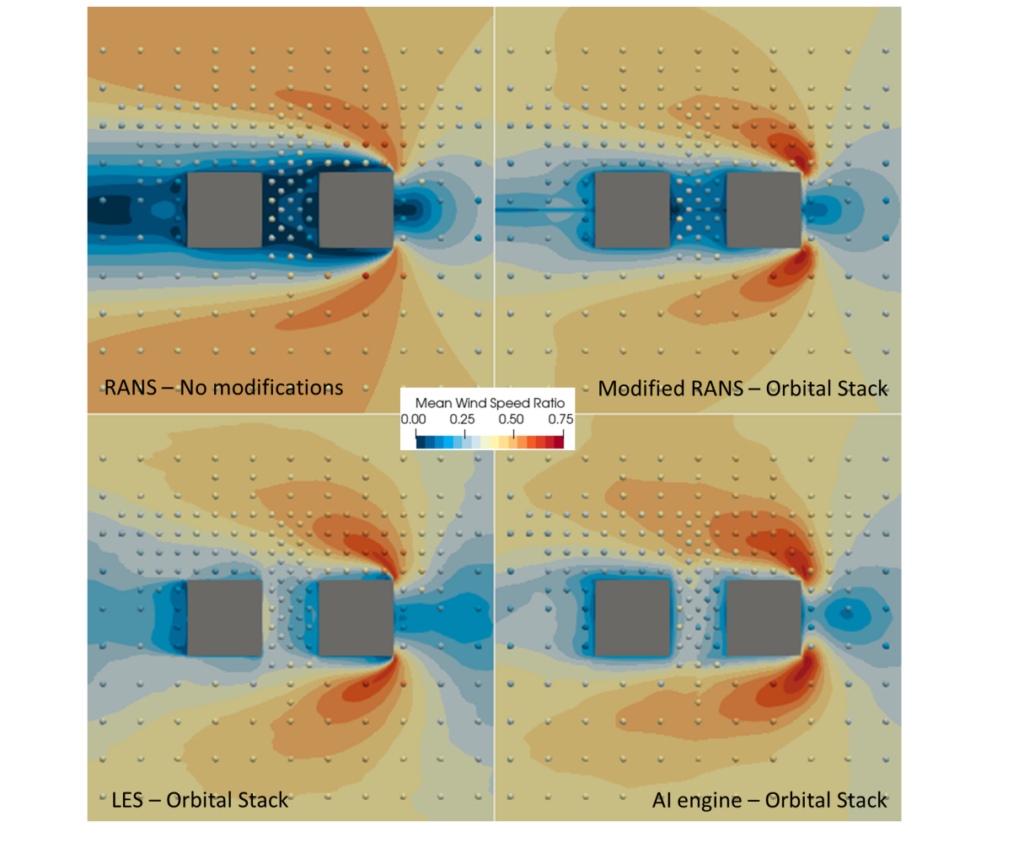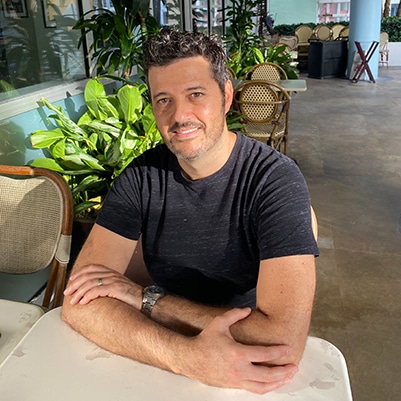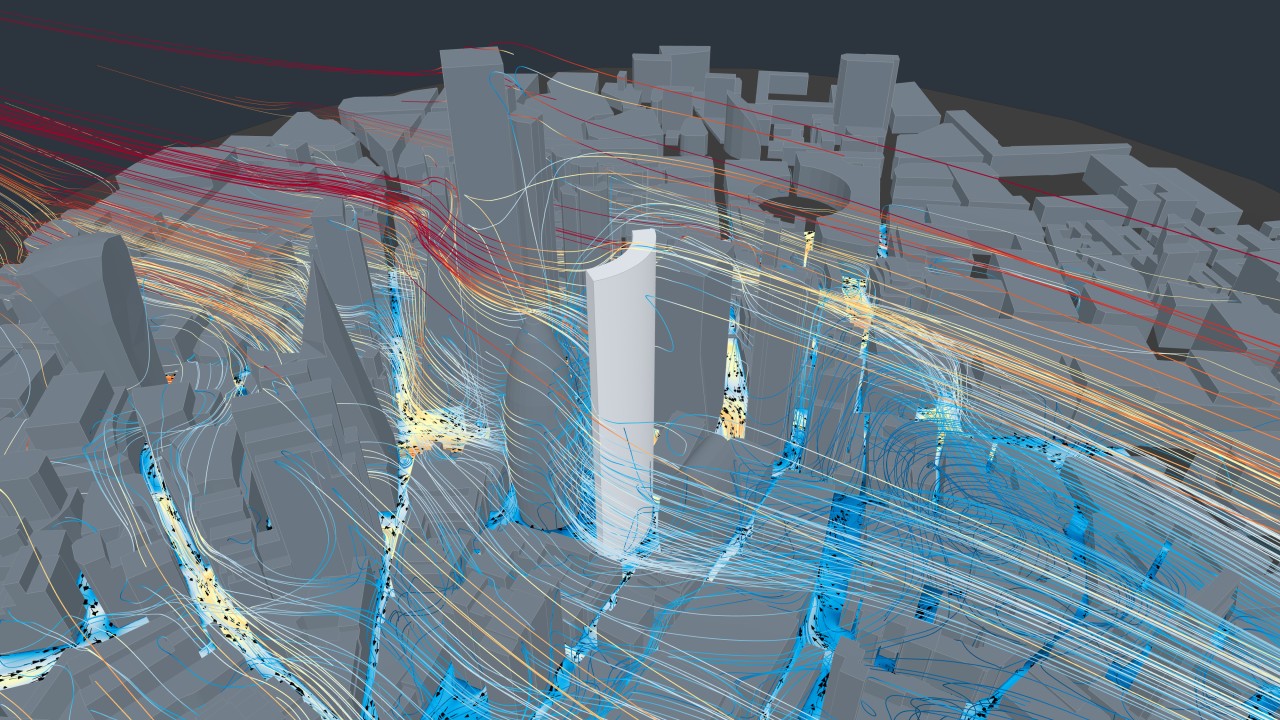A version of this article was first published on LinkedIn.
With the growth of DIY microclimate tools, it is more important than ever to understand the quality of the CFD results being produced. Here is what architects and building designers need to understand—and the questions to ask—before adopting a new AI or CFD microclimate tool.
RWDI
RWDI appreciates the trust that our clients show in us for these projects. When we show them results from a series of microclimate simulations, they trust that we have done our due diligence and provide them with high quality CFD results. Because of this we are providing them with the appropriate level and quality of analysis.
Don’t get me wrong: I think DIY tools are critical to the health of the industry. After all, RWDI Ventures created Orbital Stack to bring the tools our engineers use every day to the AEC market. We are allowing clients to explore designs directly and quickly.
Over the last two years, RWDI-Labs has attempted to understand the limitations of a variety of computational tools. These include Reynolds-averaged Navier-Stokes equations (RANS), Large Eddy Simulation (LES), and Artificial Intelligence (AI) or Machine-learning (ML) approaches. Part of this task included understanding what limitations various approaches have, and how we should apply them. This research was motivated by our desire to validate different tools and to ensure that Orbital Stack was meeting expectations. The algorithms, processes and computational tools used are validated against wind tunnel datasets, a keystone of the Orbital Stack tool. Fortunately for us, we have access to decades of RWDI wind tunnel data, allowing us to compare computational results to this high-quality dataset and produce high quality CFD results.
A time and place for CFD
Computational fluid dynamics (CFD) has long been viewed in the wind engineering industry as a useful tool for early design analysis but not late-stage design analysis. There are a variety of reasons for this:
- High-fidelity CFD is computationally expensive. This translates into CFD historically taking too long to execute. It also requires the need to purchase run time on expensive high-performance computing systems.
- There is an excessive variety in CFD mathematical approaches. The vast number of CFD codes and approaches available reduces the reproducibility and quality of CFD results. This can create a large collection of results for the same simulated geometry.
- Process reproducibility is poor. The quality of CFD output is dependent on its user’s expertise and experience, more so than with wind tunnels. It is a rare occurrence that two individuals simulating the same case will arrive at the same answer. Rarer still is if the case is urban flow. Documents like Cost Action 732 seek to reduce variability in results, but there is still a wide latitude in approaches.
- Wind tunnel and CFD approaches are evolving at differing speeds. Wind tunnel technology is well established. It is well understood and accepted that there are limited measurement techniques and approaches used in commercial settings. Although wind tunnels can be poorly designed, the differences between them are well accepted. CFD algorithms and approaches are evolving at a rapid pace. Although a positive feature, it does mean that CFD is sometimes viewed, erroneously, as an immature analysis toolset.
Dealing with these issues
Point 1 is fast becoming a non-issue. Even high-fidelity CFD approaches such as LES are becoming viable cost-wise due to access to lower-cost high-performance computing and improved algorithms.
Points 2 and 3 are related in that one must expend significant effort to create standard CFD processes that only change if there is a strong reason for that change.
We can tackle the issues raised in point 4 by providing constant validation and testing of emerging toolsets. This is traditionally a weak point in the industry. New entrants often show limited evidence of the performance of their CFD approaches.
Case in point
I would like to highlight the dangers of overconfidence using a deceptively simple case. RWDI commonly uses the below as a benchmark case. It consists of two towers with a square cross-section and a 3:1 aspect ratio. There are no surrounding buildings. There are 232 Irwin sensors that measure horizontal wind speed at 1.5m above grade.

This simple geometry creates flow phenomena commonly seen wind effects in urban environments, including down-washing, corner accelerations, wakes, stagnant zones between buildings, and channeling. It is fully exposed to approaching winds and is not sheltered by any surrounding building. This is more challenging from a flow setup perspective since accurately synthesizing/replicating the approaching boundary layer conditions is of paramount importance, particularly with LES.
Understanding the quality of CFD results
The image below shows the directional, mean wind speed results for flow coming from the right side. The background contours show the computational results for four approaches. The circles show the wind tunnel results. The deep wake created between the two buildings is the principle challenge in this configuration.
The RANS model calculates vector mean and so, the out-of-the-box RANS approaches produce very low wind speeds between the buildings. In some locations, the speeds are only 10% or less of the wind tunnel results.
The modified RANS engine produced by Labs and used by Orbital Stack corrects this somewhat. The modified RANS approach also tightens the wake, creating separation zones that are much more in line with the wind tunnel results.
The LES approach does manage to recover the conditions between the buildings. In spite of the fact that this was not one of the projects the AI engine was trained on, it performs remarkably well.

As we combine the results with a climate file, a process typically used to determine wind comfort and safety, the picture becomes even more complex. As shown here, if one of the key wind directions aligns with the buildings, the unmodified RANS would drastically underestimate comfort (and perhaps even safety) conditions between them.
Questions to ask
Blindly trusting CFD or AI tools not produced by credible microclimate engineers is risky. Yes, the images may look cool, but poor quality CFD results could be taking you down a design path where correcting poor choices become a costly endeavor.
So how do designers and architects reduce the risk? Here are a couple of ideas:
- If you are working with a new organization or tool, ask whether they have microclimate experts/engineers on staff and inquire about their experience working in the field.
- If they don’t have in-house expertise or experience, ask how they validated their tools. What kind, and how many, test cases did they use? If you are using them to calculate wind comfort, what were the statistical wind-comfort conditions when compared to wind tunnel results or real-world measurements?
- Are they trying to use rapid types of analysis in the latter stages of the design cycle? For example, it is a red flag if the project is in the detailed design stage and they are simulating a minimal number of wind directions with RANS models and providing quantitative wind comfort results.
Conclusion
Pretty pictures are great but understanding the required level of effort, relative to the project’s current point in the design cycle, is key.
For CFD and wind engineers working in this area, we can certainly up our game as it pertains to validating our tools. Following guidelines, such as COST 732 is important, but having a deep understanding of our toolset’s limitations and applicability is paramount. Having validation cases out in the field and addressing specific applications, including wind comfort, loading, and air quality, would be ideal.
Ultimately, with the proliferation of these tools and ease of deploying computational resources, it is incumbent on us, as the wind engineering community, to set the bar and be conscious of how much our clients depend on us to drive quality in the industry.

Gonçalo Gomes Pedro
Associate Principal – Technical Director at RWDI
Gonçalo is a technical director and associate principal with RWDI. He currently manages RWDI-Labs, an R&D group within the Innovations team which is applying CFD and Machine Learning approaches to a variety of topics in AEC. He is also the technical lead for Orbital Stack. Gonçalo has worked with architects and master planners to make building and city design more responsive to the local climate, making them more sustainable and resilient.
He has a degree in aerospace engineering from the Technical University of Lisbon and a Master’s and PhD in Mechanical Engineering from the University of Victoria, in British Columbia, Canada.
